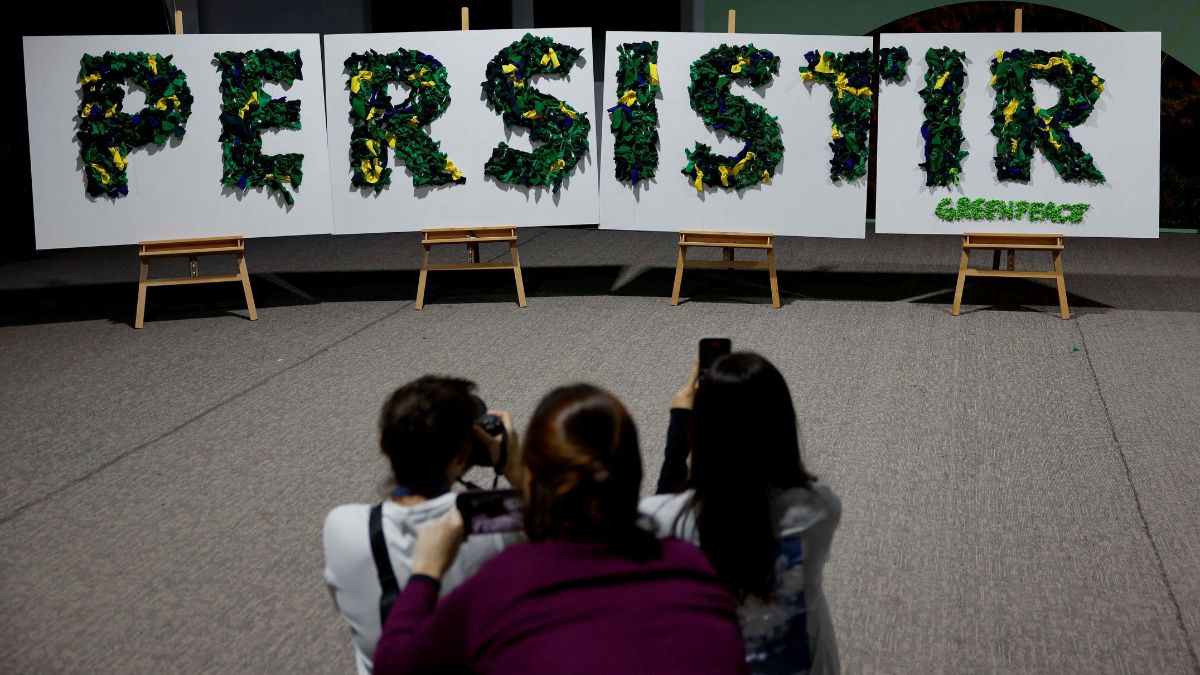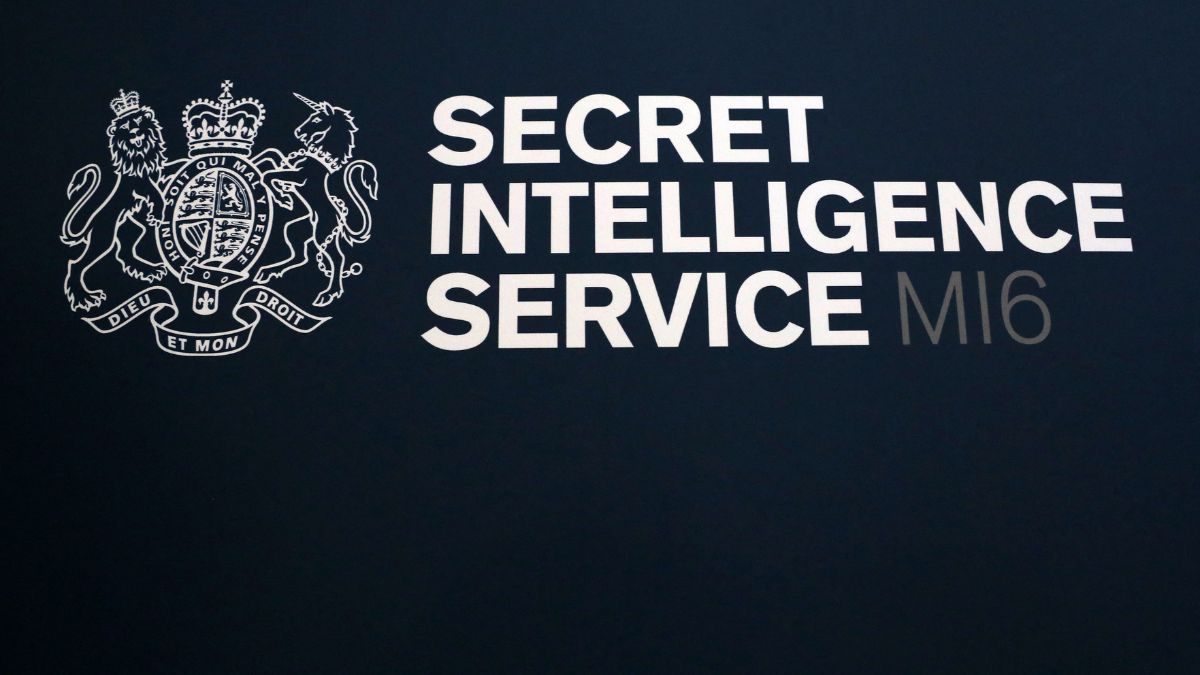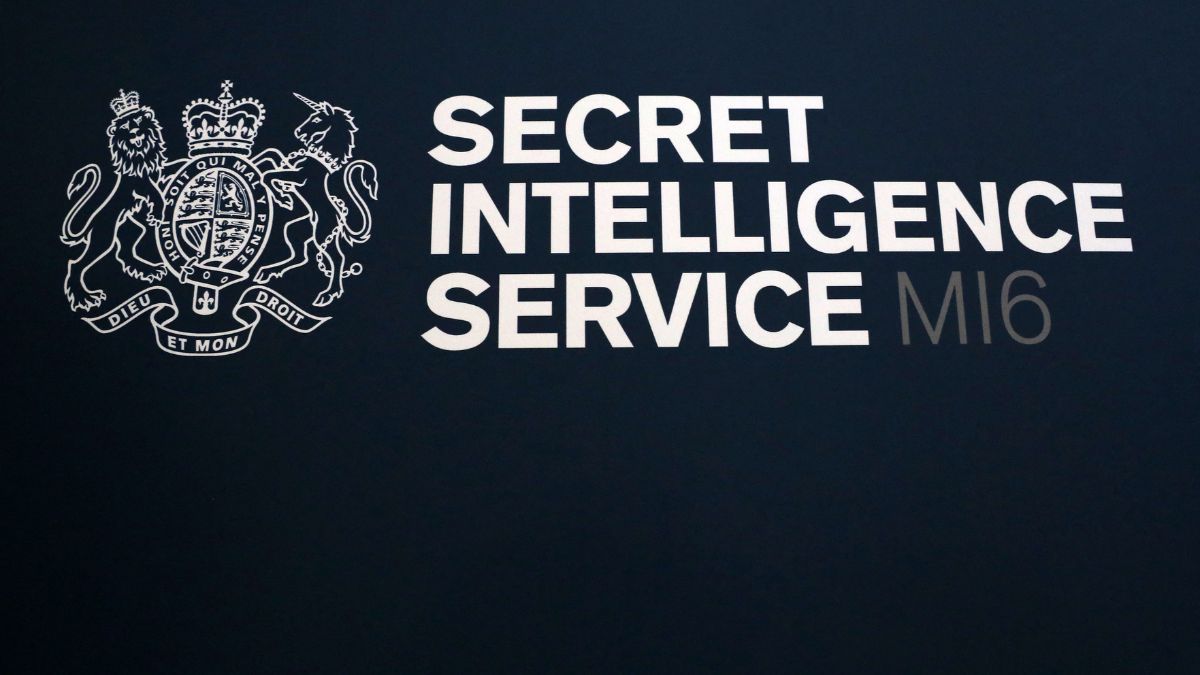Among the myriad of sessions on the third day of the Raisina Dialogue 2025 in New Delhi, the “What’s Next for the Green Deal?” discussion stood out, addressing the evolving dynamics of global green finance and technology.
This session, taking place as part of Firstpost’s ‘Idea Pod’ series, revolved around how trade barriers, energy security concerns, and shifting political priorities — particularly in the United States — are impacting the global green finance agenda.
The panel comprised Jayant Sinha, president of Eversource Capital in India and a visiting professor in practice at the London School of Economics; Alok Sharma, the former president of COP26 and currently a climate and finance fellow at the Rockefeller Foundation in the United States; and was moderated by Mannat Jaspal, director & fellow, climate and energy at the Observer Research Foundation Middle East, United Arab Emirates.
The United States has rekindled its focus on fossil fuels, leading to a reevaluation of its commitments to green initiatives. Concurrently, Europe faces new spending priorities, potentially diverting attention from sustainability goals.
These developments have contributed to a slowdown in the momentum for a global consensus on green finance and technology.
Initially, there was optimism that private capital would increasingly flow towards green projects, signalling a shift towards sustainable investments. However, recent trends suggest that this enthusiasm may have waned.
Dealing with a changing landscape for Green Finance
The global economic order has seen increasing protectionism with supply chain monopolisation and trade conflicts shaping policy decisions.
This, coupled with the resurgence of fossil fuel investments in the US and shifting European spending priorities, has raised concerns about the feasibility of large-scale green financing.
Hours into taking office for his second term as United States President, Donald Trump withdrew the US from the 2015 Paris Agreement.
“There’s a lot of chatter right now about the fact that the Green New Deal is off because of the changes in the United States,” said Sinha.
However, he pointed out that for India, the green transition remains an economic imperative. “For us, the green transformation is a matter of pure economics and pure survival, independent of what happens geopolitically.”
Sinha highlighted how India’s solar energy potential makes renewable energy a natural choice. “We are a country with a lot of solar irradiation. Given where technology is headed, solar energy is going to be cheaper than coal, and that’s without even considering climate change,” he explained.
He also pointed out that India spends over $200 billion annually on fossil fuel imports, making a shift to renewables a logical move. “It’s absolutely in our interest to continue to pursue the green transformation. For India, Net Zero is massively net positive.”
With rising trade barriers, growing nationalism, and diverging energy policies, concerns about a fractured global response to climate change remain high. The panel agreed that international cooperation is crucial, but reforms in financial structures and regulatory frameworks are needed.
How to balance economic priorities and green investments
Former COP26 President Alok Sharma recalled that despite geopolitical challenges, the Glasgow Climate Pact was successfully negotiated. “We faced similar headwinds — COVID-19, strained national budgets, and economic uncertainty — but nearly 200 countries still came together because they understood the economic self-interest of climate action,” he said.
Sharma also highlighted alarming economic risks of climate inaction. “The Asian Development Bank has suggested that unless you take action on climate, by 2070 it could affect 25 per cent of India’s GDP.”
However, he argued that transitioning to a greener economy also brings benefits. “There’s a huge economic upside in terms of jobs, in terms of the economy, in terms of export opportunities.”
Also Watch:
But financing remains a major hurdle. “You add up all the climate funds that exist, they amount to significant sums, but we need trillions of dollars annually,” Sharma noted.
He highlighted the role of the private sector in mobilising green capital. “When I was in government, we set up Just Energy Transition Partnerships (JET-Ps) with developing nations to help them build clean energy infrastructure. But this requires regulatory reform, planning reform, and above all, it requires the private sector to be able to get economic returns.”
The cost of capital in Green Energy
India, one of the largest emerging markets, requires significant investment to fund its clean energy transition. “If we have to do this right, we need to deploy $50 to $100 billion a year, every single year, into green investments in India,” Sinha stated.
He estimated that India requires nearly a trillion dollars over the next 10 to 15 years to meet its sustainability targets.
However, he pointed out disparities in financing costs. “A company like Tata Steel, when it raises money in the UK, does so at one cost of capital. When it raises for the same project in India, it faces another, higher cost due to sovereign risk,” he explained.
Also Read | Brace for ‘setbacks’ in combating climate change, warn experts as US takes over G20 presidency in 2026
This discrepancy discourages international investors from channelling funds into India’s green economy.
Sharma added that one of the most critical financial reforms would be to integrate climate risk into investment decisions. “If every corporate and financial institution priced climate risk into every financial decision, the money would actually flow in the right direction.”
The energy security dilemma
A major theme of the discussion was the global energy security challenge. While private and public investments in clean energy are rising, fossil fuel investments still dominate in many parts of the world.
“Last year, we had about $2 trillion going into clean energy globally, but a trillion still went to fossil fuels,” Sharma noted. “That ratio has improved over the past five years, but we’re still not where we need to be.”
India has already seen shifts in investor sentiment. “Because of strong policy signalling, banks don’t want to invest in fossil fuels anymore,” Sharma observed.
However, he acknowledged that the scale of renewable energy deployment is still not high enough. “We’re not making enough fossil fuel investments, but we’re also not making enough clean energy investments. How do we balance the rising energy demand of the future?”
The rise of protectionist trade policies globally poses challenges to the implementation of cross-border carbon trading mechanisms. Such mechanisms are crucial for setting a global price on carbon and encouraging emissions reductions where they are most cost-effective.
The discussion left attendees with pressing questions: Can green finance survive political and economic upheavals? Will global collaboration on climate change continue despite growing polarisation?
Raisina Dialogue is a premier conference on geopolitics and geo-economics hosted by the Observer Research Foundation in collaboration with India’s Ministry of External Affairs.
Firstpost has partnered with the Raisina Dialogue to bring exclusive content to its viewers and readers.
The event, inaugurated by Prime Minister Narendra Modi on March 17, featured New Zealand’s Prime Minister Christopher Luxon as the chief guest and keynote speaker.


)
)
)
)
)
)
)
)
)



